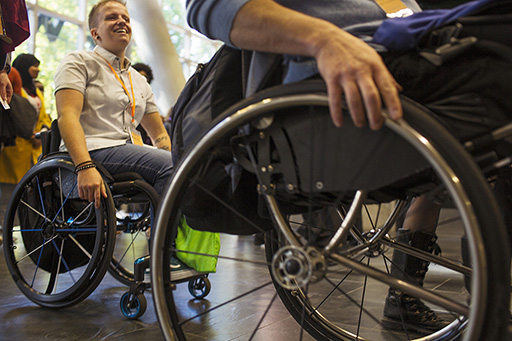1 Collaborative working
A multilateral strategic approach involves a collaborative partnership across schools and sectors to implement a blended learning approach that focuses on pedagogy to support the whole child, rather than teaching for examination grades. This includes bringing together various stakeholders and ensuring Teaching and Support Staff voices are at the core of any solutions. Stakeholders may include Governors / Trustees, Community Practitioners, Colleges and Universities, Youth Partners, Local Employers and Pupils to create an integrated strategy to solve inequalities that impact education. Some of the best expertise in the school may sit with the students. It includes working collaboratively over a range of activities, for example, working with primary schools to support the transition between schools, after-school activities such as computer clubs; parenting courses, resilience building, teenage parents’ groups; art therapy and mental health counselling with practitioners such as Mind.
You may well consider that the need to collaborate in multilateral strategies is nothing new or even remarkable. Understanding and coordinating across different stakeholders is likely to be an integral part of your work. So, what are the new challenges of collaborating in multilateral strategies? The answer lies in the degree to which school leaders are needing to work in a more integrated and collaborative way with colleagues within their own school and with other schools. Increasingly, school leaders are collaborating and interacting more intensively due to the challenges and opportunities that online learning affords. During this session, you will recognise challenges and opportunities and identify the nature of the complexity that such issues present; develop a range of skills helpful in collaborating in multilateral strategies and recognise the benefits. Using digital to collaborate in multilateral strategies is a new way of operating that takes us to a different level.
Activity 1
What are your experiences of collaborating in multilateral strategies? Put down some examples which will be useful to refer to later, as you progress future strategic plans and actions.
Discussion
You might have noted some of the following:
You may have noted working collaboratively to manage a project, run a service across schools or co-deliver a curriculum subject. You may have run a community group where people contribute voluntarily. You may have noted how you are already working collaboratively, but to what extent is this digital collaboration?
It can be challenging to generate interest and build trust in a group that is not used to working together. There may be resistance to online learning, for example, due to a lack of resource, lack of time to create online resources, a fear of technology replacing teachers or teachers feeling that they are not skilled enough and lack training and support. There can also be ethical concerns – such as, teachers believing that online learning is not ‘good teaching’, this can be powerful in relation to their identities and job satisfaction (Baxter et al, 2018).
Collaboration implies shared planning and implementation, and can take place within or between schools. It may mean anything from working with colleagues from different departments on a shared project to working with a number of different schools. When establishing a collaborative team, you need to:
- Seek agreement at all levels, determining the range of activities, intensity of cooperation, number of participants and if there are any legal requirements.
- Identify potential partners and plan initial moves to attract them, followed by some evaluation of the collaborative capability. An explicit statement of shared aims or objectives will help to give a sense of identity, clarify relationships, define the scope of work and establish a way of controlling decision making processes.
- Prioritise the formal mechanisms through which collaborative work will be done and to create clear channels of communication.
- Measure the degree of shared learning by all parties while also addressing the hard costs and benefits associated with the collaboration.
Collaborative work involves negotiation of boundaries; a lot of work is conducted across different schools. This has taken on new significance with developments such as ‘strategic alliances’ (close collaborative relationships between schools or organisations defined by flexibility, innovation and trust) and attempts to foster ‘intra-school learning’ (collaboration between groups within schools to make the most of the knowledge of each school while reducing the costs of replication) (Huxham and Vangen, 2000). While multilateral work is often characterised positively with words such as ‘collaboration’, ‘alliance’ and ‘partnership’, it is often a source of mixed emotions for those involved.
Failed collaborative endeavours, of which there are many accounts, are often the cause of tension and conflict. Despite this note of caution, the well-publicised achievements of collaborating groups and schools demonstrate that problems can be overcome (see optional reading for some examples). While there can be no simple prescription for how to achieve harmony in working collaboratively either within or outside the school, you can progress towards a better understanding of where key problems might be expected to occur and how you might develop strategies for dealing with them.Optional reading
Successful school to school collaboration [Tip: hold Ctrl and click a link to open it in a new tab. (Hide tip)]

